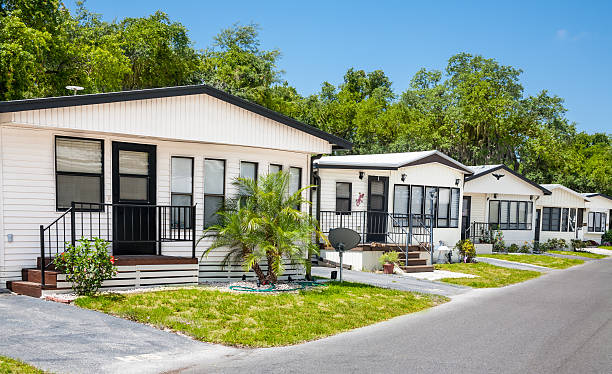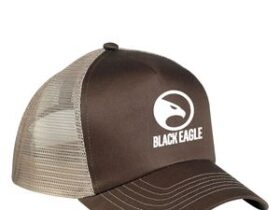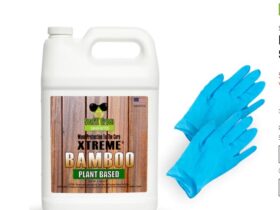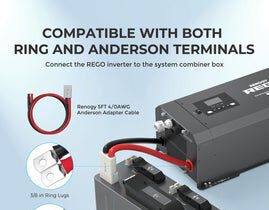Revealing the Future: The Reasons Prefabricated Homes Will Always Be Popular
Introduction
In our ever-evolving real estate environment, the demand for cutting-edge housing solutions has never been higher. One concept that has been garnering considerable attention is prefabricated houses.We’ll go into the world of prefabricated homes in this blog article, discussing their advantages, common misunderstandings, and reasons they could be the way that homes are built in the future.
What Are Prefabricated Houses?
Let’s begin by clarifying what prefabricated houses are. These houses, often referred to as prefab or modular houses, are constructed off-site in a controlled environment. Prefab houses are manufactured at a factory before being transported to the final place for installation, in contrast to traditional residences, which have their materials brought to the construction site.
The Advantages of Prefab Homes
Sustainability
The fact that prefabricated homes are environmentally sustainable is one of its main benefits. Prefabricated homes focus on efficient use of materials and reduction of waste. The modular construction also allows for better energy efficiency, making them a greener choice for environmentally conscious homeowners.
Cost-Efficiency
Prefab homes offer substantial cost savings compared to traditional construction methods. The streamlined manufacturing process and reduced labor requirements translate to a more affordable option for those looking to enter the property market without breaking the bank.
Customization Options
Contrary to common misconceptions, prefabricated houses can be highly customizable. From architectural designs to interior layouts, homeowners have the flexibility to personalize their living spaces. Modern prefab homes seamlessly blend aesthetics with functionality, offering a wide range of design possibilities.
The Evolution of Prefabricated Homes
From Niche to Mainstream
From being a novel idea to being a popular choice for living, prefabricated homes have advanced significantly.The evolution of technology and construction techniques has elevated prefab homes to a level where they not only meet but often exceed the standards set by traditional builds. This shift in perception is reshaping the housing market and challenging preconceived notions about the limitations of prefab structures.
Architectural Innovation
Modern prefab homes showcase architectural innovation at its finest. Architects and designers are pushing boundaries, creating stunning, contemporary designs that defy the stereotypical image of boxy, generic prefab houses. The marriage of cutting-edge design and the efficiency of prefab construction is redefining the aesthetics of residential architecture.
Demystifying Prefab Homes: Common Misconceptions
Myth 1: Lack of Customization
Contrary to popular belief, prefab homes offer a high degree of customization. Manufacturers like Casa-i provide a range of options, allowing homeowners to personalize everything from floor plans to finishes. The era of cookie-cutter prefab homes is long gone, making way for unique and tailored living spaces.
Myth 2: Durability Concerns
Prefab homes are engineered for durability. The controlled factory environment ensures that materials are precisely measured and assembled, resulting in structures that often surpass the durability of traditional builds. Rigorous quality control processes contribute to the long-term resilience of prefab homes.
The Economic Advantage: Cost and Time Efficiency
Cost-Efficiency
One of the most significant advantages of prefab homes is their cost-efficiency. The streamlined manufacturing process, reduced labor costs, and minimized material waste contribute to a more affordable housing option. This economic advantage opens doors for a broader demographic to access homeownership.
Time-Efficiency
Traditional construction projects can be plagued by weather delays and unforeseen on-site challenges. Prefab homes, being built in a controlled environment, are not subject to these issues. The construction timeline is significantly shortened, allowing homeowners to move into their new dwellings sooner than with traditional builds.
Sustainability: Building Green, Living Green
Eco-Friendly Materials
Prefab homes often incorporate eco-friendly materials, contributing to a more sustainable construction process. From recycled steel to energy-efficient insulation, these homes are designed with the environment in mind. Sustainable living is no longer just a lifestyle choice; it’s a built-in feature of prefab homes.
Energy Efficiency
Prefab homes are inherently energy-efficient. The precision in construction reduces gaps and inconsistencies, resulting in better insulation.Modern features like solar panels and smart home automation are also commonly used in prefabricated homes to further improve energy efficiency.
Embracing the Future: Casa-i’s Commitment to Excellence
Casa-i stands at the forefront of the prefab housing revolution. Their commitment to excellence is evident in the quality and diversity of their offerings. From compact, energy-efficient models to spacious, luxury designs, Casa-i caters to the varied needs and preferences of homeowners.
Addressing Common Questions
Q1: Are prefab houses durable?
Yes, prefab houses are designed to meet and often exceed traditional construction standards. The materials used undergo rigorous testing, ensuring structural integrity and longevity.
Q2: Can prefab homes withstand extreme weather conditions?
Absolutely. Prefabricated houses are engineered to withstand various weather conditions. In fact, their construction in controlled environments often results in higher quality and resilience against the elements.
Q3: Do prefab homes look generic?
Not at all. With advancements in design and architecture, prefab homes can be as unique and visually appealing as traditional homes. Customization options allow homeowners to express their individuality.
Q4: How long does it take to build a prefab house?
The construction timeline for prefab houses is significantly shorter than traditional builds. Depending on the complexity and customization, a prefab home can be ready in a matter of weeks.
Q5: Are prefab homes a good investment?
Yes, prefab homes are a smart investment. Their affordability, durability, and personalization choices render them a compelling alternative for both novice purchasers and seasoned homeowners.
Exploring Casa-i Prefabricated Homes
To illustrate the concept, let’s take a closer look at Casa-i, a leading provider of prefabricated houses. Their commitment to quality and innovation has positioned them as a frontrunner in the industry. From sleek modern designs to energy-efficient models, Casa-i offers a diverse range of prefab homes catering to different tastes and needs.
Conclusion
As the housing landscape evolves, prefabricated houses are emerging as a viable and exciting option for prospective homeowners. With their sustainability, cost-efficiency, and customizable features, prefab homes are challenging traditional norms. Embrace the future of homeownership with a prefab house – where innovation meets comfort.
The future of homeownership is evolving, and prefab houses are at the forefront of this revolution. Prefab homes are quickly emerging as the preferred option for people looking for a contemporary, cozy, and environmentally responsible style of living as myths give way to the truth of their creative design, affordability, and sustainability.Explore the possibilities with prefab homes and discover a new era in the world of real estate.








